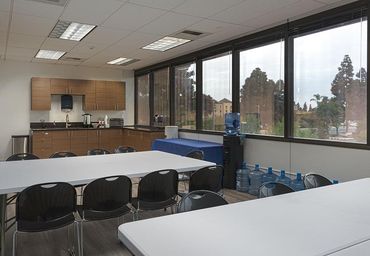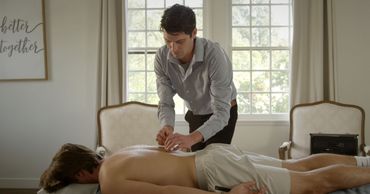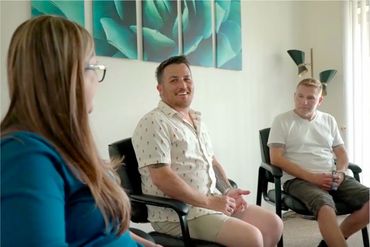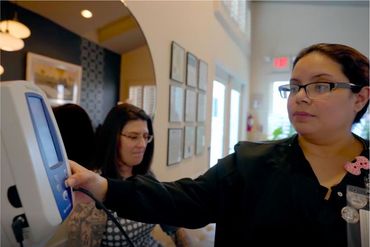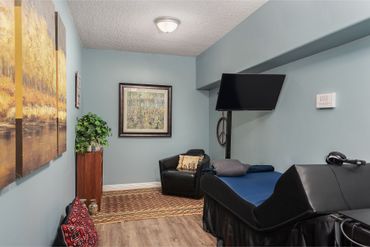
Drug & Alcohol Rehab Centers near La Habra, CA
The United States is in the midst of an opioid abuse crisis. Opioid overdoses take the lives of 115 people per day, according to the Centers for Disease Control and Prevention (CDC).1 As of 2017, opioid overdoses in Orange County have doubled in the past decade. The most affluent cities in the county have been hit the hardest.2
Almost half of the accidental poisoning deaths in Orange County involved prescription drugs. The rate of opioid-related hospital admissions due to overdose in Orange County increased 141% between 2005 and 2015. There were 7,457 emergency department visits due to opioids between 2011 and 2015. Seven out of every 10 overdose deaths in this county involved opioids.3
Although men are generally more likely to abuse illicit drugs like heroin, women are more likely to misuse or abuse prescription drugs like narcotic painkillers. Middle-aged Orange County residents, 45 to 64 years old, were the most likely to die from an overdose on painkillers. In this region, the average painkiller prescription was written for 72 pills.3
People with significantly severe opioid dependence are likely to experience an unpleasant opioid withdrawal syndrome when attempting to quit or cut back on their use. The withdrawal period can be made more comfortable with medical detox treatment, and treatment will include therapy to change behaviors around prescriptions or other substances. Professional help is available. Contact our recovery advisors today to learn more about your treatment options for opioid abuse or any substance addiction issue.
[1]. Centers for Disease Control and Prevention (CDC). (2017). Opioid Overdose: Understanding the Epidemic.
[2]. 89.3 KPCC. (2017). Orange County’s Wealthiest Cities Have Biggest Opioid Problem.
[3]. Orange County Healthcare Agency. 2017 Opioid Overdose & Death in Orange County.
Treatment Centers near La Habra, CA









All Treatment Centers near La Habra, CA
Are You Covered For Treatment?
- Los Angeles Rehabs
- San Diego Rehabs
- Malibu Rehabs
- Costa Mesa Rehabs
- Long Beach Rehabs
- Sacramento Rehabs
- San Francisco Rehabs
- Fresno Rehabs
- San Juan Capistrano Rehabs
- Huntington Beach Rehabs
Information About Rehab in La Habra
Latest Reviews
Latest Reviews of Rehabs in California
Banyan Palm Springs Inpatient
Without the help and guidance from Banyan I wouldn’t have survived my addiction. They started my process of recovery and have been in my corner ever since. Through the alumni program I stay in contact with Teddy who goes above and beyond!
Bliss Recovery
CONSULT A LICENSED BTC / ETH RECOVERY EXPERT -SPEED ETHICAL RECOVERY HACKER I am really grateful to SPEED ETHICAL RECOVERY for their amazing efforts in assisting me in getting my $150,000 USDT back. When I discovered that my money had been stolen, I
Luxe Recovery
I love this rehab so much. I usually hate going to rehab. They allow you to bring your dog or cat which was huge for me. They give you freedom. They have a personal chef. They are the best. Ruben is the best. Mandy is the best. Everybody is so nice and accompanying. They take us on outings. I have left every rehab I ever went to because I couldn't stand being treated less than a person. They treat you like a human being here. Come here if you wanna get sober.
More Info
Alcohol abuse may not be extensive within the Hispanic community; however, there are some specific issues that make negative behaviors particularly risky. For example:
- Health issues: White Hispanic males are the most likely to die from liver cirrhosis as a result of drinking. They are in the highest risk group out of every racial background.
- Drunk driving citations: Over a 10-year period, there was a substantial increase in the number of female Hispanic women who were cited for drunk driving.
- Long-term addiction issues. Just like any racial group, long-term abuse of alcohol puts Hispanic men and women at risk for dependence and addiction.
Understanding the increased risks that your ethnic group faces as a result of prolonged alcohol use may encourage you to seek treatment. When exploring rehabilitation treatment options, you should ensure that your culture is taken into consideration. According to authorities in drug treatment, recovery is more successful when background and culture are considered when choosing treatment protocols.
Finding La Habra Drug and Alcohol TreatmentFor more information on the treatment options in La Habra and other parts of Orange County, contact us. We can help you find a facility that can address your personal and cultural needs and concerns.







